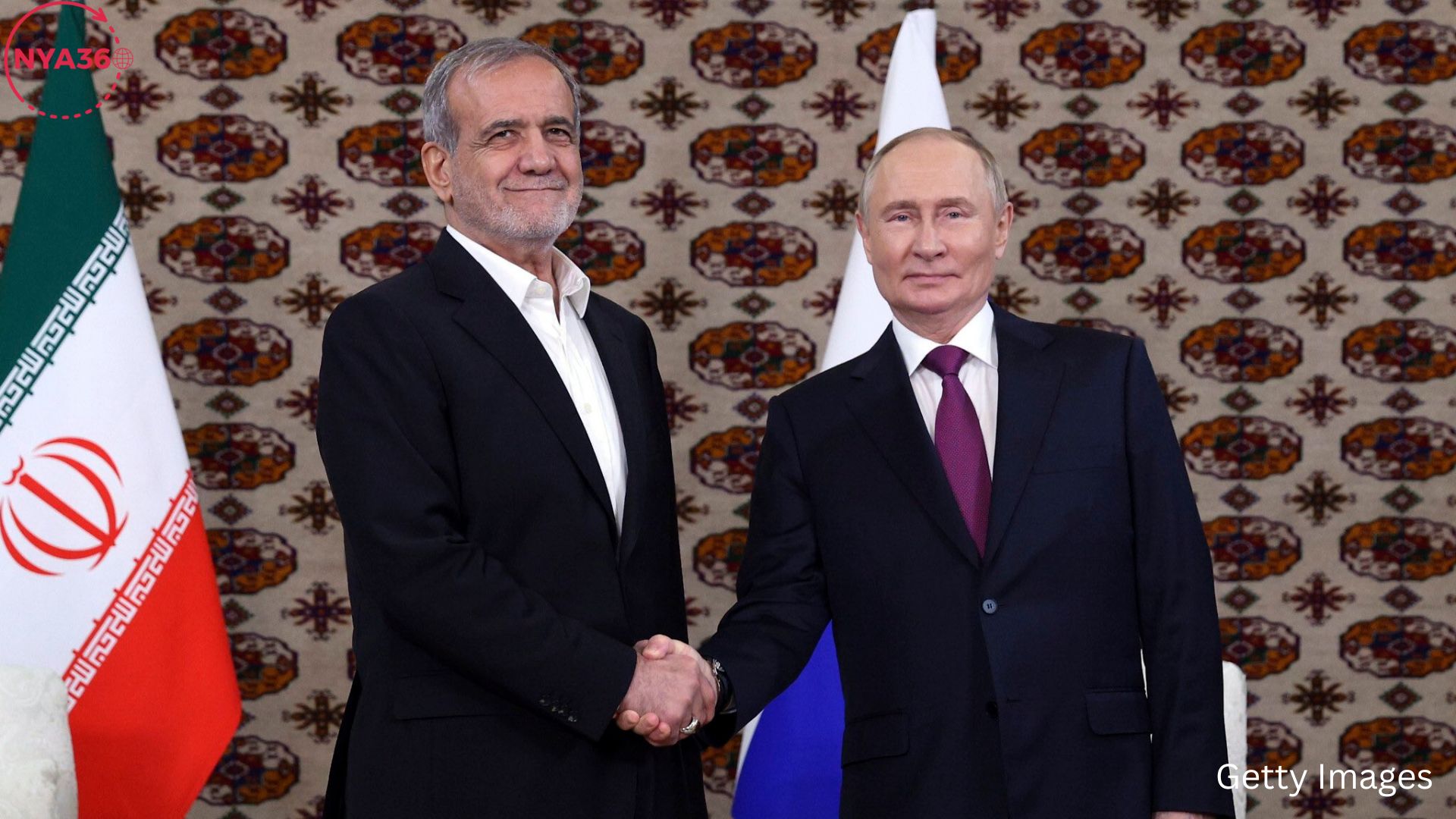The changing geopolitical landscape is seeing a notable transformation with the declaration that Russia and Iran will establish a comprehensive strategic partnership deal after the BRICS summit in Kazan. This collaboration is founded on shared interests and regional dynamics, especially considering the current tensions with NATO. President Vladimir Putin’s remarks concerning the fight with NATO, the de-dollarization of commerce, and the persistent strife in Ukraine contextualize this significant accord.
The Essence of the Strategic Alliance
The strategic alliance between Russia and Iran signifies the formalization of their ongoing collaboration in multiple domains, including military cooperation, energy, and economic integration. Both nations have established consensus in their resistance to Western hegemony, especially that of the United States, and envision a multipolar global system. This collaboration is anticipated to bolster their resistance against external pressures and sanctions. Military Collaboration: Russia and Iran have participated in military cooperation, notably in Syria, where they have aided the Assad regime in fighting multiple opposition factions. This alliance may result in enhanced military coordination and the possibility of sharing advanced military technologies between the two countries.
Synergies in the Energy Sector: Both countries have abundant natural resources, especially oil and gas. Their collaboration is expected to concentrate on cooperative initiatives in energy generation, transportation, and distribution, potentially transforming the dynamics of global energy markets, particularly in light of the recent fluctuations in energy prices attributed to geopolitical tensions. The extensive alliance is anticipated to enable trade agreements that circumvent Western restrictions, so allowing both nations to augment trade volumes. The U.S. sanctions have significantly affected Iran’s economy, and this alliance offers a means of economic assistance via Russian investment and technological transfers.
Putin’s Position on NATO and Ukraine
Following the strategic alliance, President Putin’s statements toward NATO and the Ukraine conflict have received increased scrutiny. His claim that “NATO is at war with Russia using Ukrainian soldiers” highlights the belief in Moscow that Western countries are directly engaged in the Ukrainian crisis. This tale fulfills several functions: Rationale for Military Operations: By characterizing the conflict as a struggle against NATO rather than exclusively Ukraine, Putin seeks to galvanize domestic backing for military initiatives and legitimize further military involvement. This narrative portrays Russia as a bulwark against Western hostility, which may resonate with nationalist emotions domestically.

International Messaging: This framing conveys a message to other nations regarding the perceived existential danger presented by NATO. By depicting NATO as the aggressor, Russia aims to obtain support from countries that may be apprehensive about Western hegemony. The claim that NATO is engaged in the fight may fortify relationships with Iran and other countries that dissent from U.S. foreign policy. This alliance is founded on a mutual narrative of opposing Western hegemony, enabling both nations to strengthen their standings in the global arena.
De-dollarization and Its Economic Consequences
In his remarks regarding de-dollarization, Putin emphasized a substantial transformation in Russia’s economic strategy. The transition from the U.S. dollar as the predominant currency for global trade is a reaction to the economic sanctions enacted by Western nations. Essential elements from Putin’s statements encompass Adaptation to Sanctions: Putin asserted that Russia has not forsaken the dollar but has had to adjust to its exclusion from utilization owing to sanctions. This circumstance has required a transition to national currencies in commerce, which presently constitutes 95% of Russia’s foreign trade.
The shift to national currencies constitutes a long-term strategy aimed at diminishing dependence on the dollar and alleviating the effects of potential future restrictions. Russia seeks to establish a more robust economic framework by enhancing trade links with nations with similar objectives. The shift away from the dollar may have substantial repercussions for international trade. If successful, it could prompt other governments to explore alternatives to the dollar, thereby contesting its position as the preeminent global reserve currency. This transition may transform international trade dynamics and facilitate the development of a multipolar economic system.

The extensive strategic alliance between Russia and Iran represents a significant evolution in the present geopolitical context. The strengthening of relationships among these states will have significant ramifications for global security, economic relations, and regional stability. Putin’s aggressive position on NATO and the persistent conflict in Ukraine reinforces the necessity for such alliances in response to perceived external dangers.
The current de-dollarization initiatives signify a substantial transformation in nations’ strategies toward international trade and finance, indicating a transition towards enhanced economic autonomy. The evolving dynamics between Russia and Iran may provide a foundational element for a new phase in international relations, marked by resistance to Western hegemony and a dedication to a multipolar world.
Follow us on social media: Instagram, Threads & Twitter X @nya360_ YouTube & Facebook @nya360.





